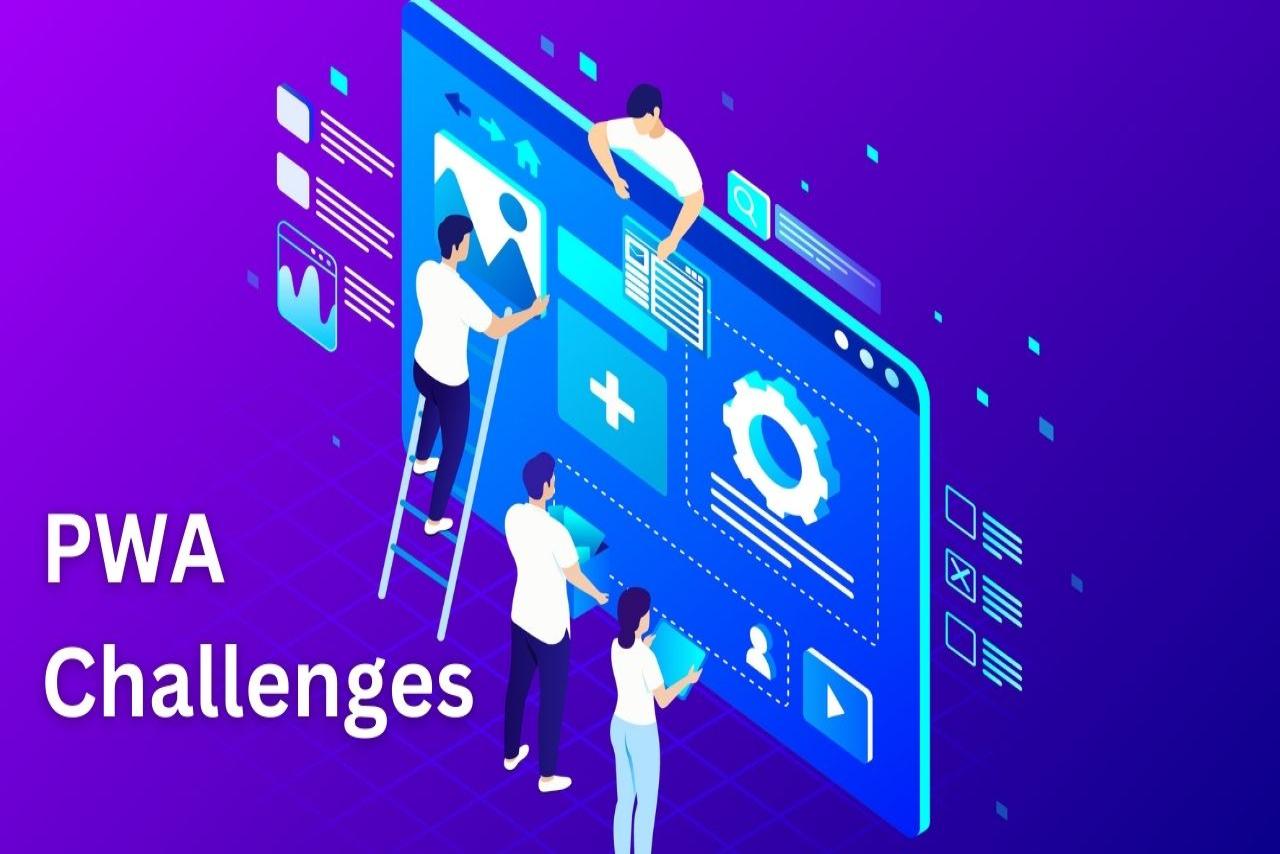In the realm of modern web development, Progressive Web Apps (PWAs) have emerged as a promising solution, blending the best of web and mobile applications. While PWAs offer a range of benefits such as offline functionality, fast loading times, and seamless user experiences, it's essential to tread carefully and acknowledge the potential drawbacks that might accompany this innovative approach. In this comprehensive exploration, we'll delve into the possible drawbacks of Progressive Web Apps, shedding light on challenges that developers and businesses should be aware of as they embark on the PWA journey.
Understanding the Progressive Web App Landscape
1. Introduction to Progressive Web Apps: A Quick Recap:
-
Briefly revisit the core concepts of Progressive Web Apps, emphasizing their ability to deliver reliable, fast, and engaging user experiences across various devices.
-
Highlight key features like offline access, push notifications, and responsiveness that contribute to the appeal of PWAs.
2. The Rise of PWAs: Adoption and Popularity:
-
Explore the increasing adoption of PWAs by major brands and businesses seeking to enhance their online presence.
-
Discuss success stories and use cases where PWAs have made a significant impact on user engagement and conversion rates.
The Potential Drawbacks of Progressive Web Apps
1. Limited Support on Older Browsers:
-
Discuss the compatibility challenges PWAs may face on older browsers, limiting the reach of these applications.
-
Explore strategies for handling graceful degradation and providing fallback options for users on unsupported browsers.
2. App Store Restrictions and Visibility:
-
Examine the limitations imposed by app stores on PWAs, impacting their discoverability and visibility in platforms like Google Play and Apple App Store.
-
Discuss potential workarounds and strategies for maximizing PWA visibility.
3. Limited Access to Native Device Features:
-
Investigate the constraints PWAs might encounter in accessing certain native device features that are readily available to native mobile applications.
-
Explore the implications for functionality, user experience, and overall app capabilities.
4. Complex Implementation for Advanced Features:
-
Explore scenarios where implementing advanced features in PWAs, such as background sync or device hardware access, might require intricate solutions.
-
Discuss the trade-offs between simplicity and complexity in PWA development.
5. Potential Security Concerns:
-
Examine potential security risks associated with PWAs, including issues related to data storage, third-party APIs, and the handling of sensitive information.
-
Discuss best practices and security measures to mitigate these concerns.
Strategies for Mitigation and Best Practices
1. Browser Compatibility and Progressive Enhancement:
-
Advocate for progressive enhancement strategies to ensure a smooth experience for users across different browsers and devices.
-
Emphasize the importance of testing and optimizing PWAs for diverse browser environments.
2. App Store Optimization for PWAs:
-
Discuss optimization techniques for improving PWA visibility in app stores, including metadata, screenshots, and engaging descriptions.
-
Explore success stories of PWAs that have effectively navigated app store restrictions.
3. Fallback Options and Feature Degradation:
-
Highlight the significance of providing fallback options for users on unsupported browsers or devices.
-
Discuss the concept of feature degradation as a strategy for delivering a baseline experience across all user scenarios.
4. Progressive Enhancement for Device Features:
-
Discuss the concept of progressive enhancement for leveraging native device features, allowing PWAs to gracefully enhance functionality on devices that support advanced features.
-
Explore real-world examples of PWAs successfully implementing progressive enhancement strategies.
5. Security Best Practices:
-
Outline essential security best practices for PWA development, including secure data storage, HTTPS implementation, and protection against common vulnerabilities.
-
Discuss the role of continuous security audits and updates in maintaining PWA resilience against evolving threats.
Real-World Examples and Case Studies
1. Overcoming Challenges: Success Stories of PWAs:
-
Showcase examples of PWAs that have effectively addressed the discussed drawbacks and challenges.
-
Explore the strategies and solutions implemented by successful PWA adopters.
2. Lessons Learned: Developer Insights and Experiences:
-
Collect insights from developers who have worked on PWAs, sharing their experiences, challenges faced, and lessons learned.
-
Discuss how the community is actively addressing and overcoming PWA drawbacks through collaborative efforts.
Looking Ahead: The Future of Progressive Web Apps
1. Ongoing Evolution and Improvements:
-
Explore ongoing efforts within the development community and browser vendors to address PWA limitations and enhance their capabilities.
-
Discuss potential features and advancements on the horizon for PWAs.
2. Integrating PWAs into Holistic Development Strategies:
-
Advocate for a holistic approach to development that integrates PWAs strategically into broader digital strategies.
-
Discuss how PWAs can complement existing native applications and web experiences.
Conclusion: Navigating the PWA Landscape with Awareness and Agility
As we conclude this in-depth exploration into the possible drawbacks of Progressive Web Apps, it's crucial to recognize that, like any technology, PWAs come with their set of challenges. However, armed with awareness, strategic planning, and a commitment to ongoing improvement, developers and businesses can navigate the PWA landscape with confidence. By acknowledging the potential pitfalls, implementing best practices, and staying attuned to the evolving nature of web technologies, PWAs can continue to flourish as a transformative force in the world of web development. As we collectively embrace the agility to address challenges and seize opportunities, the future of Progressive Web Apps remains a promising chapter in the ongoing saga of digital innovation.




